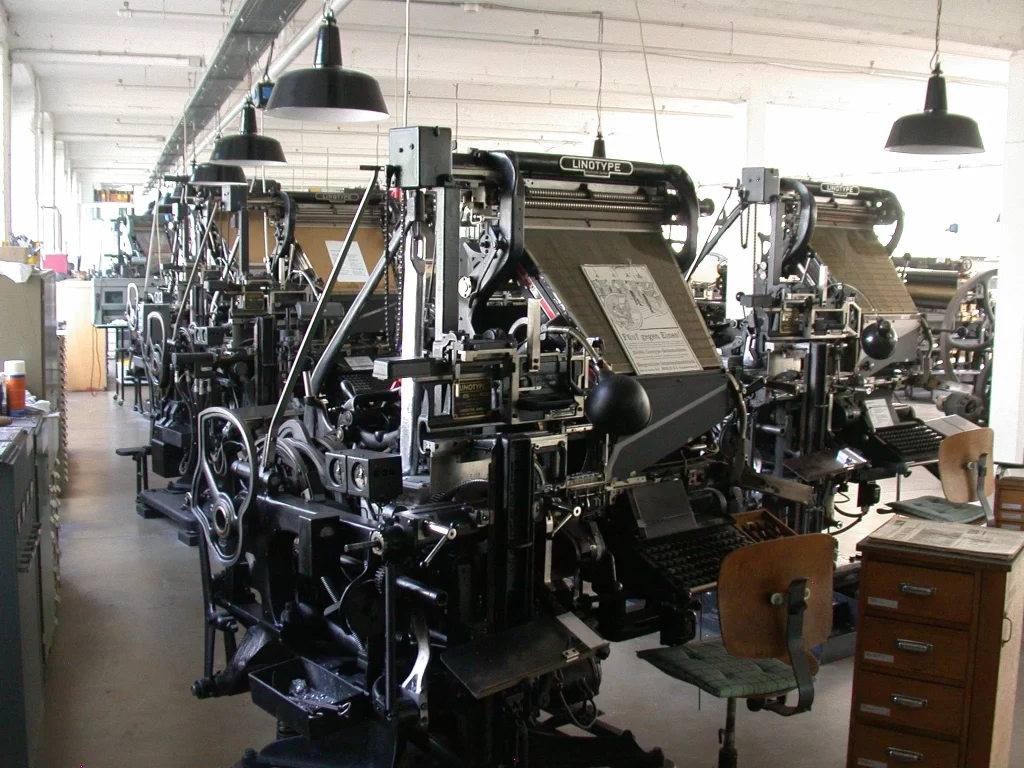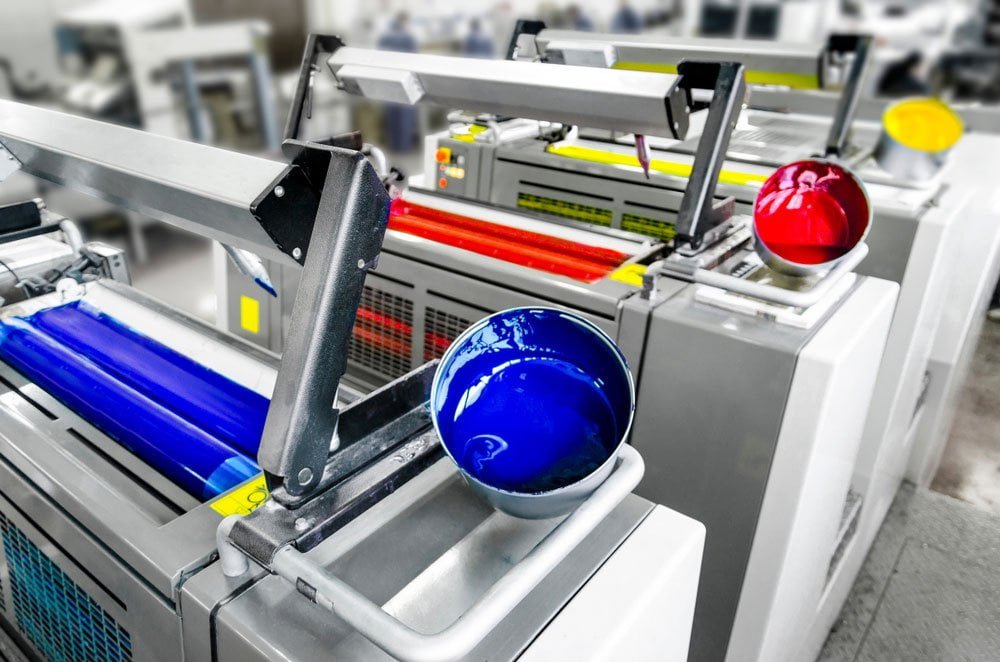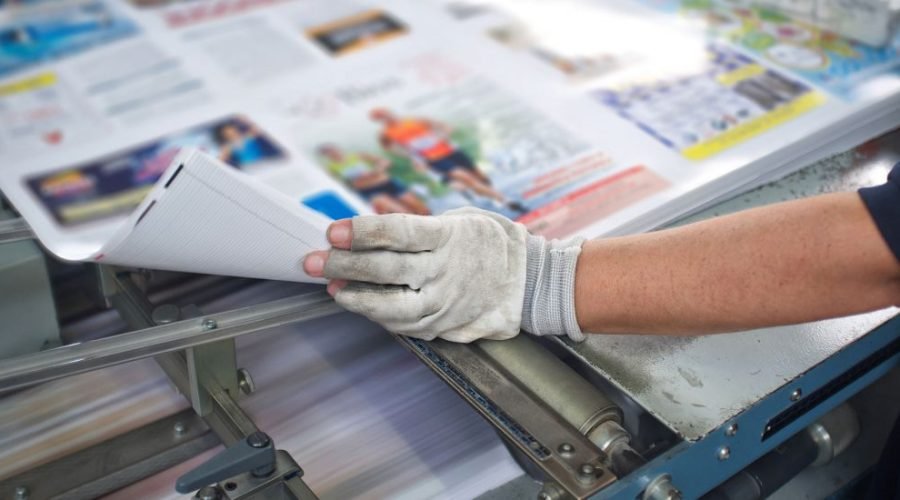Unveiling the Intricacies of Offset Printing
In the ever-evolving landscape of printing technology, offset printing machines stand as stalwarts of efficiency, precision, and versatility. From magazines and newspapers to packaging and promotional materials, offset printing machines have been the backbone of the printing industry for decades. Join us as we delve into the inner workings of offset printing machines, exploring their mechanisms, applications, and enduring relevance in a digital age. At Zcorp, we’re committed to providing insights into cutting-edge printing technologies, empowering businesses to make informed decisions about their printing needs.
Offset Printing Machines:
Offset printing, also known as lithography, is a widely used printing technique that relies on the principle of oil and water repulsion to transfer images onto paper or other substrates. Offset printing machines utilize a series of intricate mechanisms and components to achieve precise and consistent results, making them ideal for high-volume printing jobs with exceptional quality and efficiency.
Mechanism of Offset Printing:

- Offset printing machines operate on the principle of offset lithography, which involves transferring ink from a printing plate onto a rubber blanket cylinder before transferring it onto the printing surface.
- The process begins with image creation on a plate, typically made of aluminum or polyester, using photosensitive chemicals or computer-to-plate technology.
- The plate is then mounted onto the printing cylinder of the offset press, where it comes into contact with an ink roller and a dampening roller.
- The ink roller applies ink to the raised image areas of the plate, while the dampening roller wets the non-image areas with water, creating a repulsion between the ink and water.
- The inked image is then transferred from the plate to a rubber blanket cylinder and finally onto the printing surface, typically paper or cardboard, as it passes through the press.
Components of Offset Printing Machines:
- Offset printing machines consist of several key components, including the plate cylinder, blanket cylinder, impression cylinder, ink fountain, dampening system, and delivery system.
- The plate cylinder holds the printing plate and transfers the image onto the blanket cylinder.
- The blanket cylinder receives the inked image from the plate cylinder and transfers it onto the printing surface.
- The impression cylinder applies pressure to ensure proper contact between the blanket cylinder and the printing surface, resulting in a crisp, clear image.
- The ink fountain supplies ink to the ink rollers, which distribute it evenly onto the plate cylinder.
- The dampening system wets the non-image areas of the plate to prevent ink from adhering to them, ensuring clean and accurate printing.
- The delivery system stacks the printed sheets as they emerge from the press, ready for further processing or finishing.
Applications of Offset Printing Machines:

Offset printing machines are renowned for their versatility and ability to handle a wide range of printing jobs with exceptional quality and efficiency. From commercial printing to packaging and beyond, offset printing machines are indispensable tools for businesses across various industries.
Commercial Printing:
- Offset printing machines excel in producing high-quality, large-volume print runs for a variety of commercial applications, including brochures, flyers, catalogs, and business cards.
- The superior image quality, color accuracy, and consistency of offset printing make it the preferred choice for businesses seeking to make a lasting impression with their printed materials.
Publishing:
- Offset printing machines are widely used in the publishing industry for producing books, magazines, newspapers, and other periodicals.
- The ability to print large quantities at high speeds, coupled with the cost-effectiveness of offset printing, makes it the go-to option for publishers looking to distribute print media to a wide audience.
Packaging:
- Offset printing machines are instrumental in the production of packaging materials, including folding cartons, labels, and corrugated boxes.
- The ability to print on various substrates, such as paperboard, plastic, and metal, combined with the precision and detail of offset printing, allows for the creation of eye-catching packaging designs that stand out on store shelves.
Promotional Materials:
- Offset printing machines are widely used for producing promotional materials such as posters, banners, signage, and point-of-sale displays.
- The ability to print on large-format substrates and the vibrant colors and sharp images produced by offset printing make it an ideal choice for creating impactful promotional materials that attract attention and drive sales.
At Zcorp, we understand the importance of staying ahead of the curve in the fast-paced world of printing technology. That’s why we offer a comprehensive range of offset printing machines and related services to meet the diverse needs of our clients. Whether you’re a commercial printer, publisher, packaging manufacturer, or marketing agency, we have the expertise and resources to help you achieve your printing goals with precision and efficiency.
Advantages of Offset Printing:
Offset printing offers a multitude of advantages that have solidified its position as a preferred printing method for a wide range of applications. Some of the key advantages include:
High-Quality Printing:
Offset printing produces crisp, high-resolution prints with rich colors and fine details, making it ideal for applications that demand superior print quality.
Consistent Results:
The indirect printing process of offset printing ensures consistent results across large print runs, with minimal variation in color and image reproduction.
Cost-Effectiveness:
While offset printing may have higher setup costs compared to digital printing for short print runs, it becomes increasingly cost-effective for larger quantities due to lower per-unit printing costs.
Versatility:
Offset printing is highly versatile and can accommodate a wide range of substrates, including paper, cardboard, plastics, and metals, making it suitable for diverse applications such as packaging, publications, and promotional materials.
Specialty Finishes:
Offset printing allows for the use of specialty finishes such as varnishes, coatings, and metallic inks, enabling the creation of eye-catching and distinctive printed materials.
The Offset Printing Process in Practice:
To better understand the offset printing process in action, let’s take a closer look at how a typical print job unfolds from start to finish:
Prepress Preparation:
The offset printing process begins with prepress preparation, which involves preparing the artwork, creating printing plates, and setting up the printing press.
Plate Imaging:
The digital artwork is transferred to printing plates using a computer-to-plate (CTP) imaging system, which ensures precise reproduction of the original design.
Printing Press Setup:
Once the plates are ready, they are mounted onto the plate cylinders of the printing press, and the press is set up according to the specifications of the print job.
Ink Mixing and Color Matching:
Ink is mixed to match the desired colors specified in the artwork, ensuring accurate color reproduction throughout the print run.
Printing and Finishing:
- With the press set up and ink mixed, the printing process begins. The substrate is fed through the press, passing through the various cylinders to receive the inked image.
- After printing is complete, the printed sheets may undergo additional finishing processes such as trimming, folding, binding, or coating to achieve the desired final product.
Conclusion:
Offset printing machines have long been the workhorses of the printing industry, delivering exceptional quality, consistency, and efficiency across a wide range of applications. From commercial printing and publishing to packaging and promotional materials, offset printing machines continue to play a vital role in helping businesses communicate effectively and make a lasting impression with their printed materials. As technology continues to evolve, offset printing machines remain a reliable and versatile choice for businesses seeking high-quality, cost-effective printing solutions. At Zcorp, we’re proud to offer state-of-the-art offset printing machines and unparalleled service and support to help businesses thrive in an increasingly competitive marketplace. Contact us today to learn more about our offset printing solutions and how we can help you achieve your printing objectives with confidence and success.
